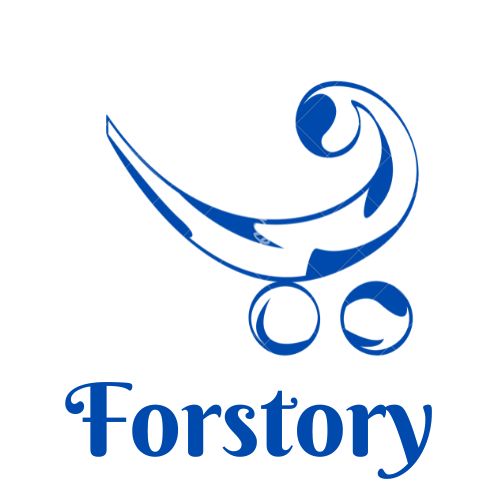Top 10 MuleSoft Expert Interview Questions

Are you looking for MuleSoft expert interview questions? This list of 10 questions is the top questions that you must be aware of.
MuleSoft’s Anypoint Platform(TM) is the most popular integration platform that supports SOA, SaaS, and APIs. MuleSoft delivers incredible business agility to businesses by connecting data, applications, and devices on-premises as well as in the cloud, using an API-driven approach. Through The Anypoint Platform, companies can redesign their SOA infrastructure using legacy systems, proprietary platforms, and even custom integration codes to enable business agility. It is possible to move technology infrastructures to the private or public cloud and prioritize the use of SaaS applications as well as other cloud-based technologies.
-
What exactly is MuleSoft? What does it do?
MuleSoft is among the top and most commonly used integration platforms. Mule ESB, as well as Cloud Hub, are used for connecting enterprises and SAAS applications on-premises and cloud environments. MuleSoft lets developers connect applications swiftly and effortlessly as well as aids in the transfer of data. Check out this MuleSoft tutorial to know more about it.
-
What are the kinds of variables that make up a Mule?
There are three kinds of variables that make up a Mule:
- Variable flow.
- Session duration variable.
- Record variable.
-
What exactly is Mule ESB?
Mule ESB is a Java-based ESB (enterprise service bus). It’s an integration platform that allows developers to connect their applications directly to the exchange of information. Mule ESB employs a service-oriented design. The principal use for Mule ESB is to allow for the ease of integration with existing systems. It allows integration of different technologies used by applications: JMS, web services HTTP, HTTP, etc.
-
What exactly is ESB?
ESB is the abbreviation in the form of Enterprise Storage bus. It’s a type of software architecture that supports middleware and offers the essential features for more complex architectures. ESB includes the features needed for the implementation of the SOA (service-oriented design).
-
How do I use the MuleSoft Anypoint platform? And where can it be used?
MuleSoft Anypoint platform of integration products is designed to link together software as service (SaaS) and on-premise software.
-
What are the primary characteristics that are the main features of Mule ESB? What are the various types of ESBs on the market?
The most important characteristics in Mule ESB are:
- It’s very easy and user-friendly. The drag-and-drop interface lets even beginners operate Mule ESB.
- SLA Monitoring and API monitoring, and API management.
- Scalability is high.
- It is possible to deploy it on the cloud or on-premises.
The various ESBs available on the market are:
- Talend.
- Mule ESB.
- JBoss Fuse ESB.
-
What are the steps to determine which ESB is needed to complete a project?
An ESB implementation is not appropriate for every type of project. To determine if ESB is required or not, think about these points:
- Are three or more apps and services required to be connected? Are the applications required to communicate with one another?
- Are there any additional services or applications that will be added later on? Mule ESB is extremely flexible and is able to accommodate modifications.
- Does cost play a role in the project?
-
What’s the distinction between the two? Invoke?
Callout and Service Invoke are used to start an action. The callout is a good choice if you want to relay the message (without calling an intermediary service) then call the service provider. The callout is the most straightforward model for this type of configuration.
-
What are the complete shape SDO and the full form of SDO or SMO?
SDO Service Data Object. It is a type of object.
SMO Service Message Object. This is the term used by SMO to symbolize messages
-
Let us explain Fan-In and fan-Out.
Fan-In It is connected to Fan-Out. It assists with deciding whether to carry on flow execution or not. It can only be utilized in conjunction with Fan-Out.
Fan-out Make use of the Fan-Out function to activate the output terminal one time using the input message or activate the output terminal multiple times. Fan-out can be used to create a combination of Fan-Out and Fan-In.
Join the MuleSoft Certification on the internet on igmGuru to prepare for MuleSoft-related interviews. If you think there are some crucial MuleSoft questions for an interview that candidates must know, leave a comment.
For more valuable information visit this website




